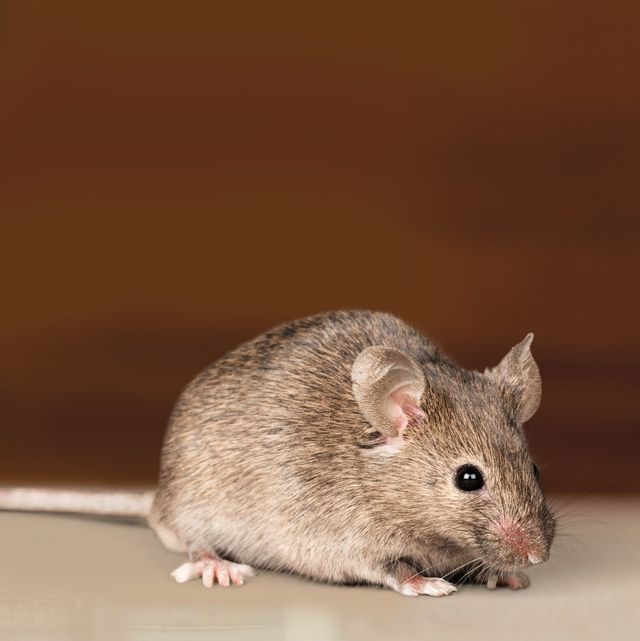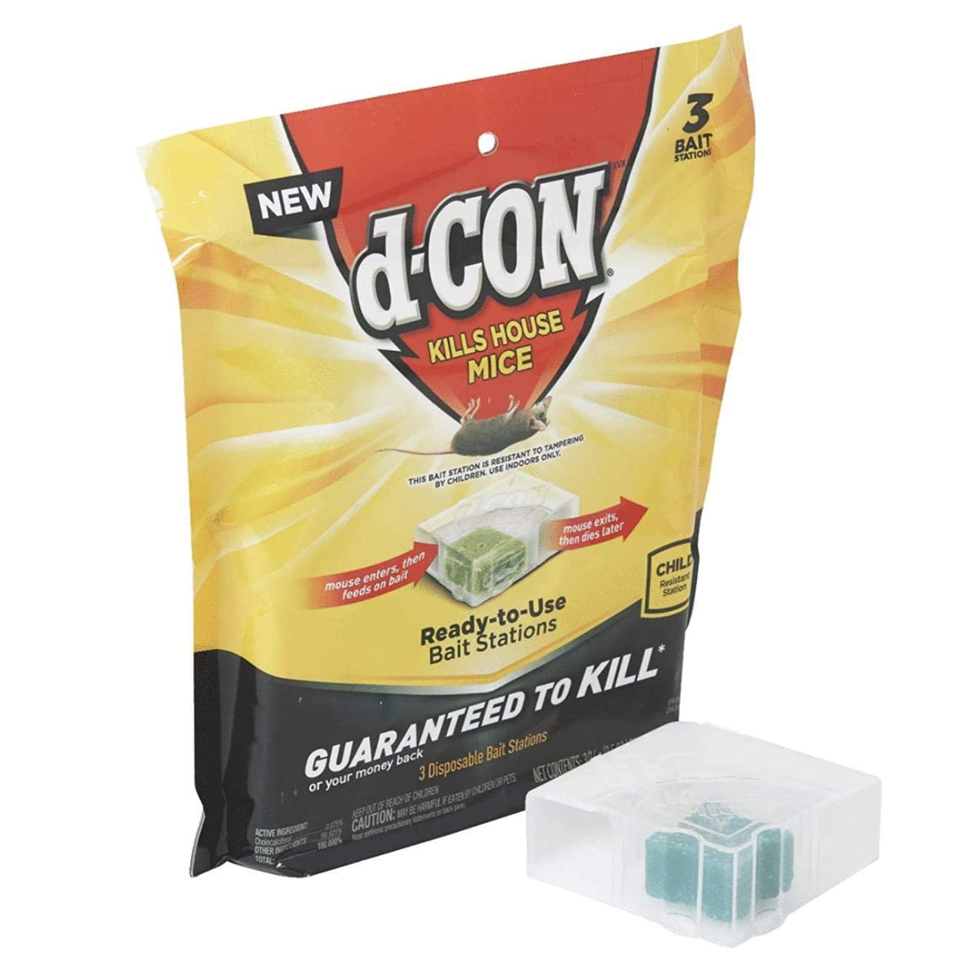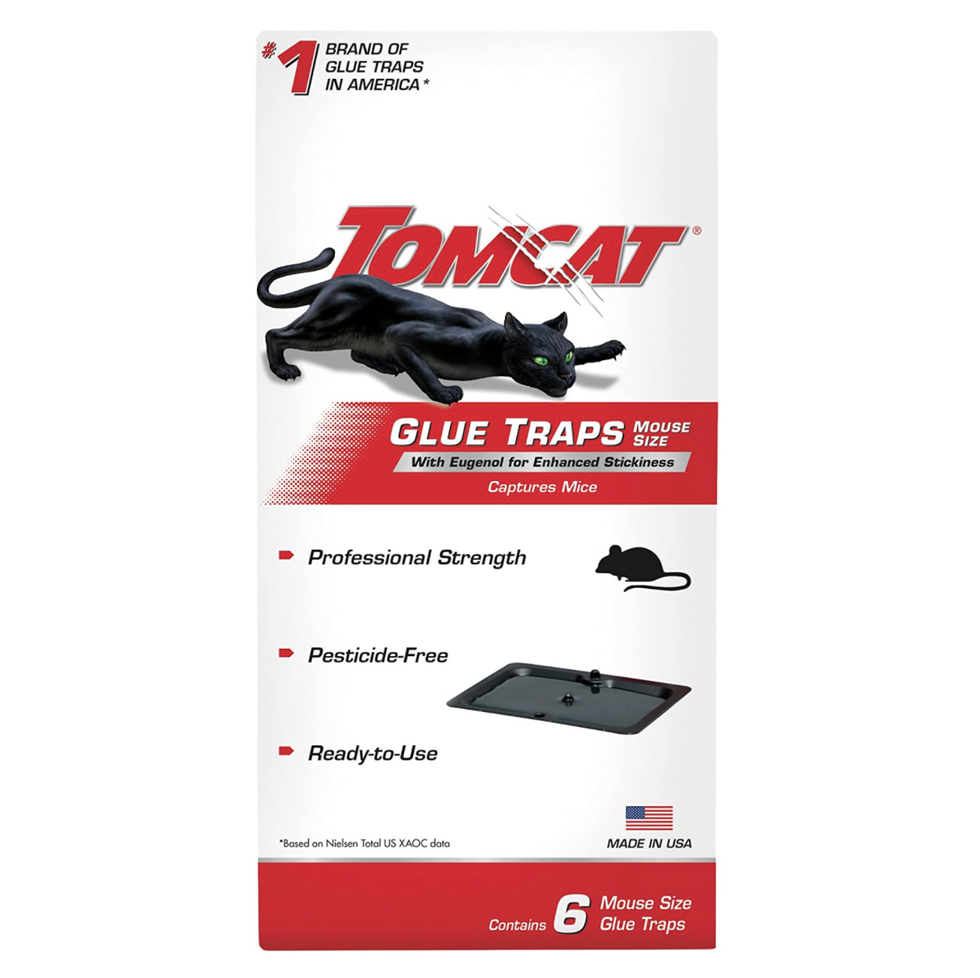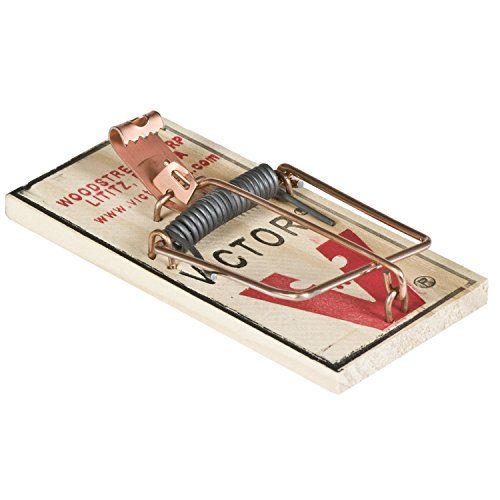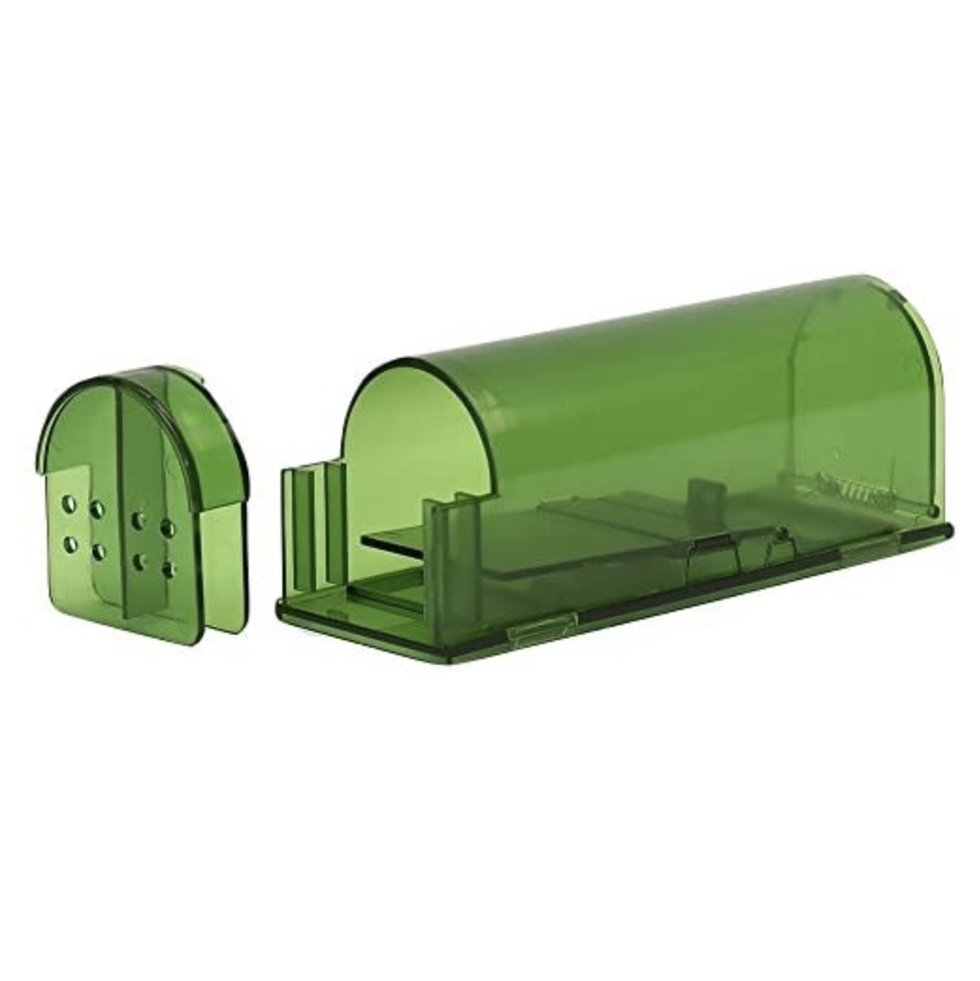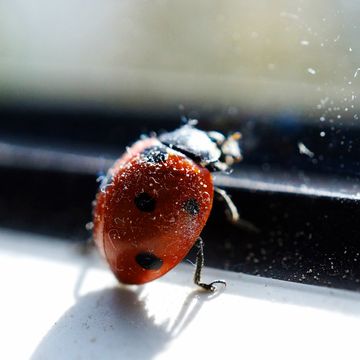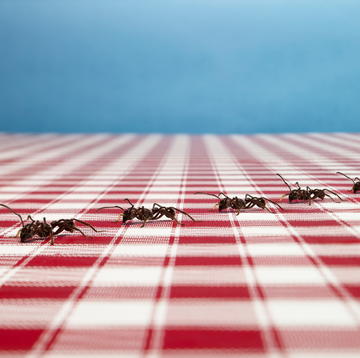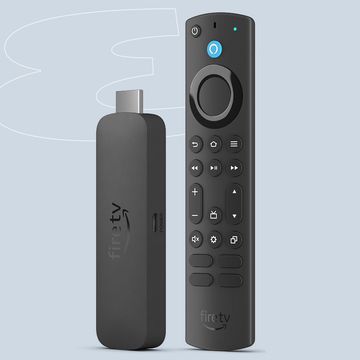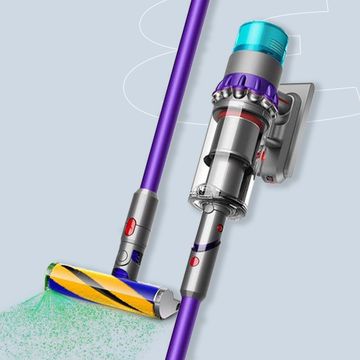No one likes spotting spiders or stink bugs in their home, but mice? They’re an entirely different pest that can cause a whole host of problems.
“Mice can contaminate food, countertops, and floors with their droppings,” says Ben Hottel, Ph.D., technical services manager, at Orkin. “They’re expelling a lot of urine droplets over those surfaces and can spread bacteria that can cause different diseases.”
Plus, mice will basically chew their way through anything, meaning “they can cause thousands of dollars in damage,” says Trent Frazer, vice president of operations at Aptive Environmental.“They can even build a nest in your vehicle, chewing wiring, hiding food in the engine, and defecating in air filters.”
That’s why you want to get these rodents out of your home—and keep them away. Got mice? Here’s what to do next.
What are the signs of mice in your house?
While you may spot an actual mouse in your place, there are a few telltale signs of their presence, Hottel says. Those include:
- Mouse droppings: These look like dark grains of rice with points at each end, typically 1/8 inch long and rod-shaped.
- Damage to food containers: Mice chew through cardboard boxes and food containers to try to get to the stuff inside, says Jamie Nichols, senior service center manager at Arrow Exterminators.
- Peeled labels: “Mice will peel the paper label off of cans and use it for their nesting material,” Hottel says, as well as other scraps like loose papers and fabrics.
- Scuffed walls: Mice will “rub marks along the walls or baseboards,” Frazer says. In fact, they often leave “runways” and tracks in areas with high activity.
- Gnawed objects: This can present as teeth marks on food, wires, edges of beams, or home structures. They will even chew through cabinets or walls, Nichols says.
How do mice get inside the house?
Usually, they’ll make their way in through small cracks, crevices, and openings in your home. “An opening as small as a dime is large enough for a mouse to get through,” Hottel says. That could be a hole around your utility boxes, a garage door that doesn’t quite go all the way down, and crawl spaces. Once they’re indoors, mice like to set up shop behind walls, in cabinets, and in furniture.
Is it possible to just have one mouse?
Technically yes, but mice usually don’t travel alone. “Generally speaking there is always more than one,” Nichols says. “Mice reproduce very quickly, and populations can get out of control if not taken care of.” These rodents are most active at night, so if you spot one during the day, that’s a sign you have an infestation on your hands.
Do mice bite or carry diseases?
Mice can carry diseases, including hantavirus, salmonellosis, and even the bubonic plague, among others, per the Centers for Disease Control and Prevention (CDC). These can be transmitted by breathing in dust that has been contaminated with rodents’ urine or droppings or having direct contact with the animal or its urine and droppings. Mice can bite if they’re handled and these wounds can also be risky, but this shouldn’t be a huge concern, Hottel says, as bites are not very common.
How to get rid of mice in your house
Unfortunately, home remedies that claim to get rid of mice, like trying to repel them with dryer sheets, cayenne pepper, and peppermint essential oil, won’t really do anything, Hottel says. But there are a few things you can try before contacting a pest management service:
✔️ Figure out how they’re getting in.
You’re looking for openings as small as a dime inside and outside of your home. “Anything larger than that, you have to make sure you can seal it up,” Hottel says. Use steel wool to fill the holes and caulk around it—mice can’t chew through that.
This can literally be anywhere: inside cabinets, around fireplaces and doors, near pipes, inside the attic or basement, between the floor and wall, around vents, windows, and the foundation, and even in the roof, per the CDC. Do a full, thorough sweep of your house for any and all possible entry points. Start with areas that have visible rodent activity and go from there.
✔️ Set out traps.
There are different types of traps you can use, but Hottel says it’s a good idea to put out a variety; you can buy bait traps, glue traps, and traditional snap traps online, as well as more humane catch-and-release options if you are only dealing with one. “It’s good to try a few different traps, because mice are curious,” Hottel says. “They’re very inquisitive of new things.”
That said, the CDC cautions that snap traps will be the safest option, as other traps can scare mice and cause them to urinate, upping your chance of coming into contact with risky germs. Lay the trap out right along the wall, as this is where rodents prefer to run.
Continue to set traps until a full week has passed with no mice captured. At that point, you can consider the problem under control, per the CDC.
✔️ Do some landscaping.
“If you have trees, shrubs, and wood piles, those can create nice habitats to hide rodents from predators,” Hottel says. And, unfortunately, they can also help provide an easy pathway for mice to get into your place. Keep your yard tidy to make it less fit for rodents. Raising hay, woodpiles, and garbage cans at least one foot from the ground can also be helpful.
✔️ Remove any signs of food.
While mice can chew through food boxes and bags, it’s trickier for them to get into sealed plastic containers with tight lids, Hottel says. The CDC also recommends getting a thick metal garbage can with a secure top, putting away pet food and water bowls immediately after use, keeping compost bins at least 100 feet away from the house, and making sure outdoor cooking areas and grills are kept clean.
✔️ Be cautious when cleaning.
If you have successfully eliminated the infestation, you’ll want to do a thorough deep-clean of your home to ensure all urine and droppings are gone (about a week after it is under control). The CDC recommends properly ventilating the area, using effective disinfectants, and wearing gloves. Follow the agency’s full guide on cleaning up after rodents here.
✔️ Call in the pros.
If you’ve tried everything and still have mice, or if you just feel overwhelmed at the idea of taking on (or cleaning up after) a mouse problem on your own, it’s time to call in a pest management service for professional help.
Go here to join Prevention Premium (our best value, all-access plan), subscribe to the magazine, or get digital-only access.
FOLLOW PREVENTION ON INSTAGRAM
